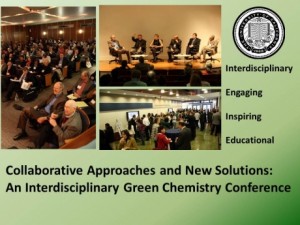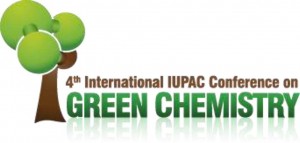The 2012 ‘Olympic’ Gordon Research Conference on Green Chemistrywill be held between the 22nd-27th July 2012 at the Renaissance Tuscany II Ciocco Resort in Lucca (Braga), Italy.
The conference will will present cutting-edge research and the most important advances relevant to environmentally benign and sustainable chemistry and chemical processing. The key scientific sessions will be of interest to both industry and academia and will focus on designing greener chemicals, greener approaches to organic synthesis, catalysis and biocatalysis, polymers and materials, bio-inspired materials, energy and fuels, and assessing our progress toward a sustainable future.
The conference Chairs are Karen I. Goldberg and Steve Howdle with Vice Chairs Kenneth Seddon and Mark A. Harmer.
Applications for this meeting must be submitted by the 24th June 2012. Please apply early and some meetings become over subscribed before this deadline.
For full details about the conference, click here.















